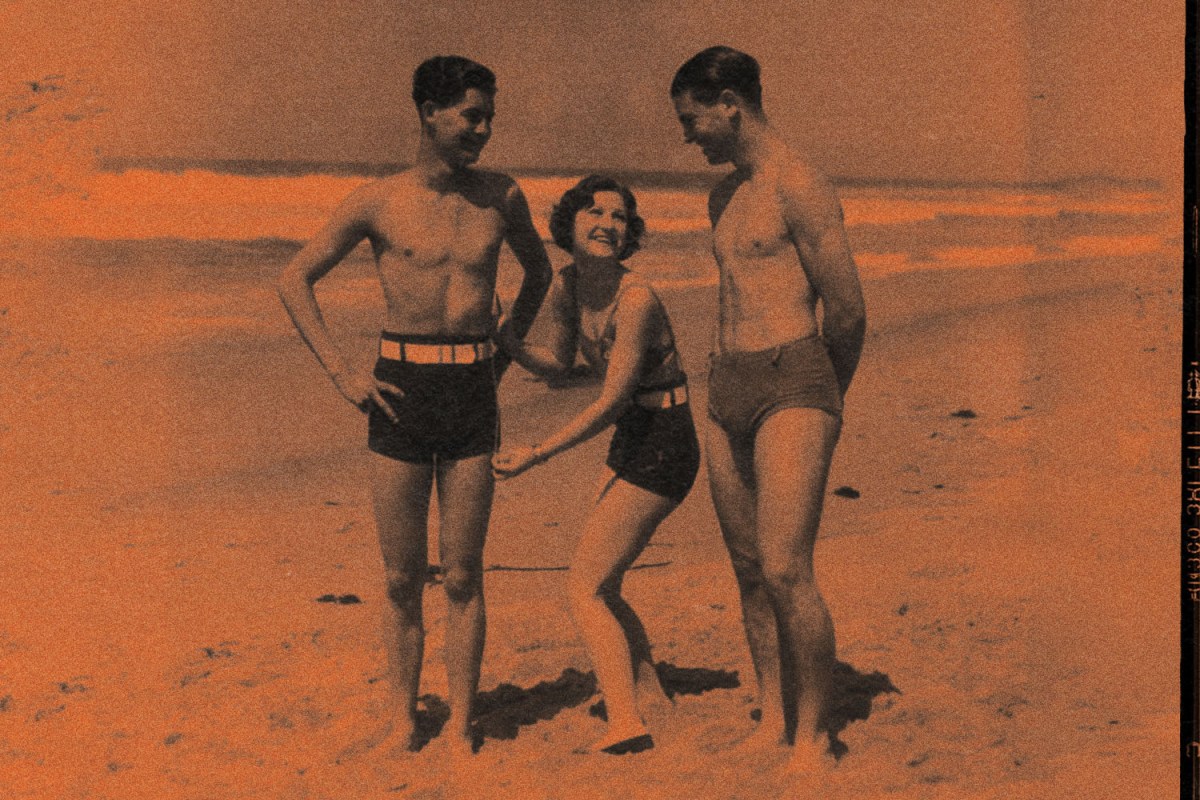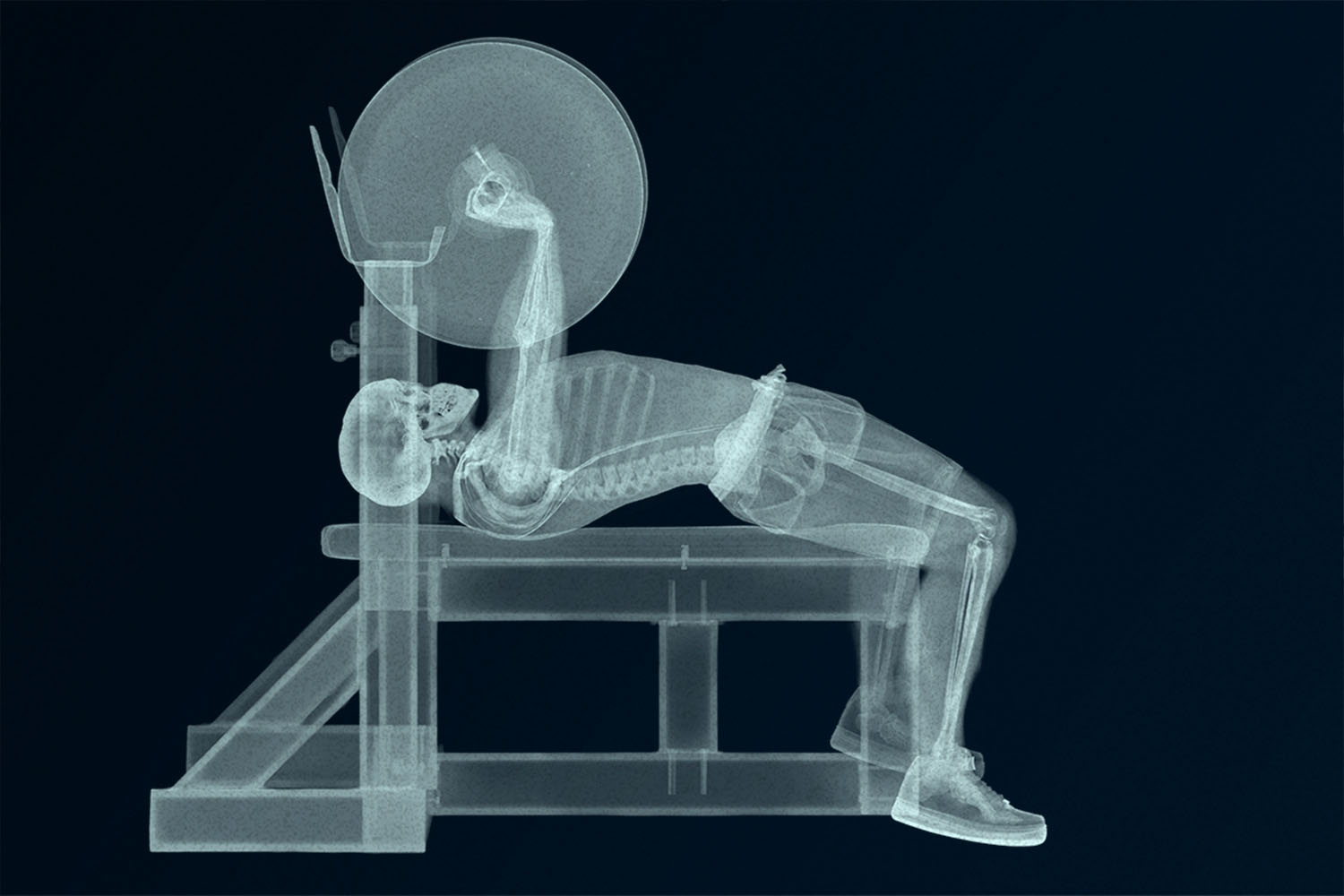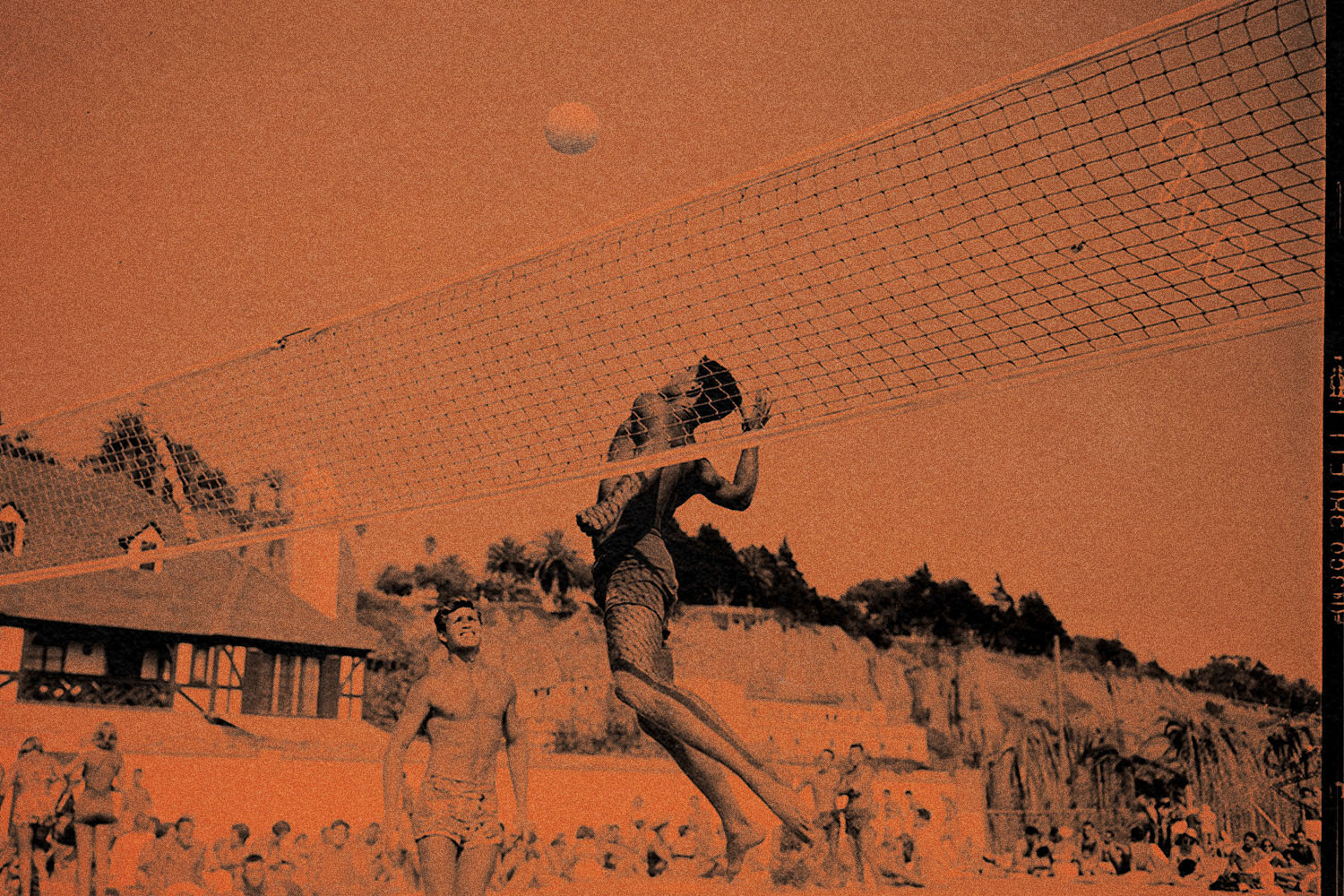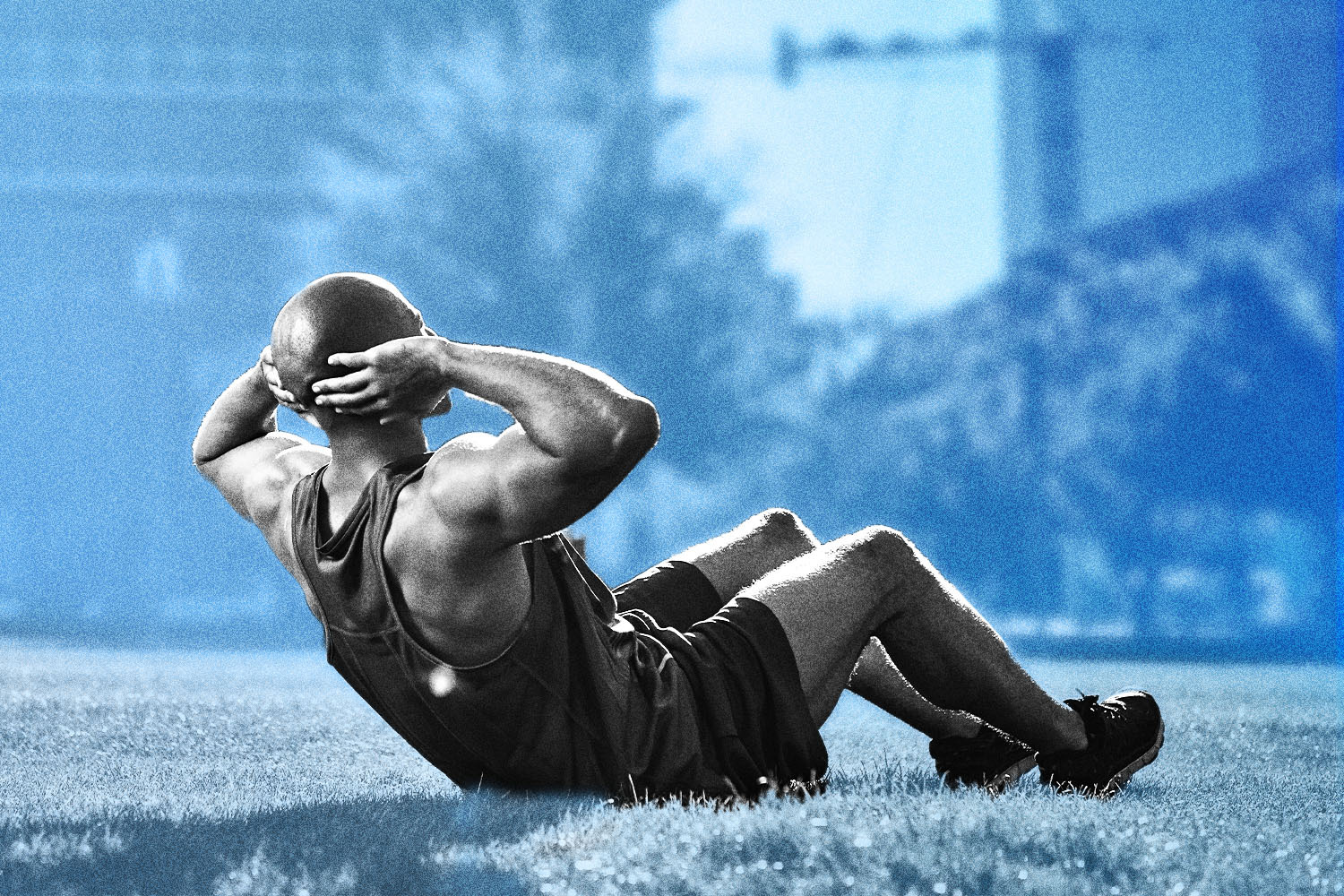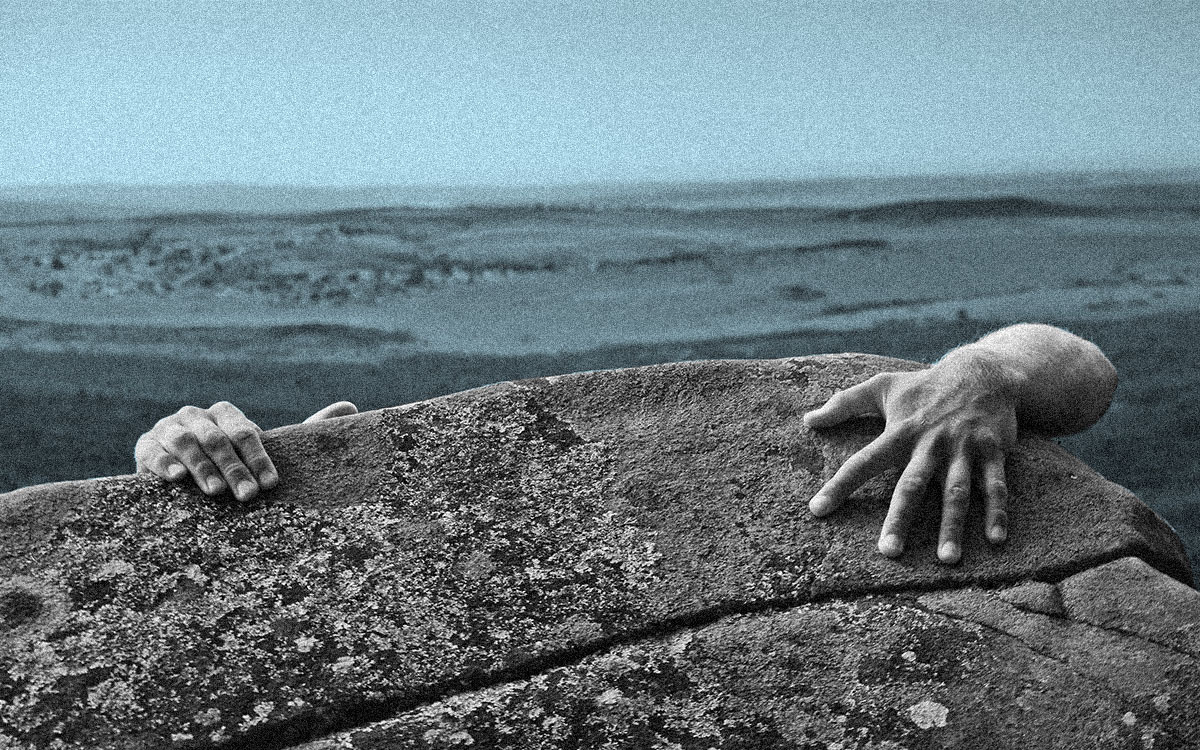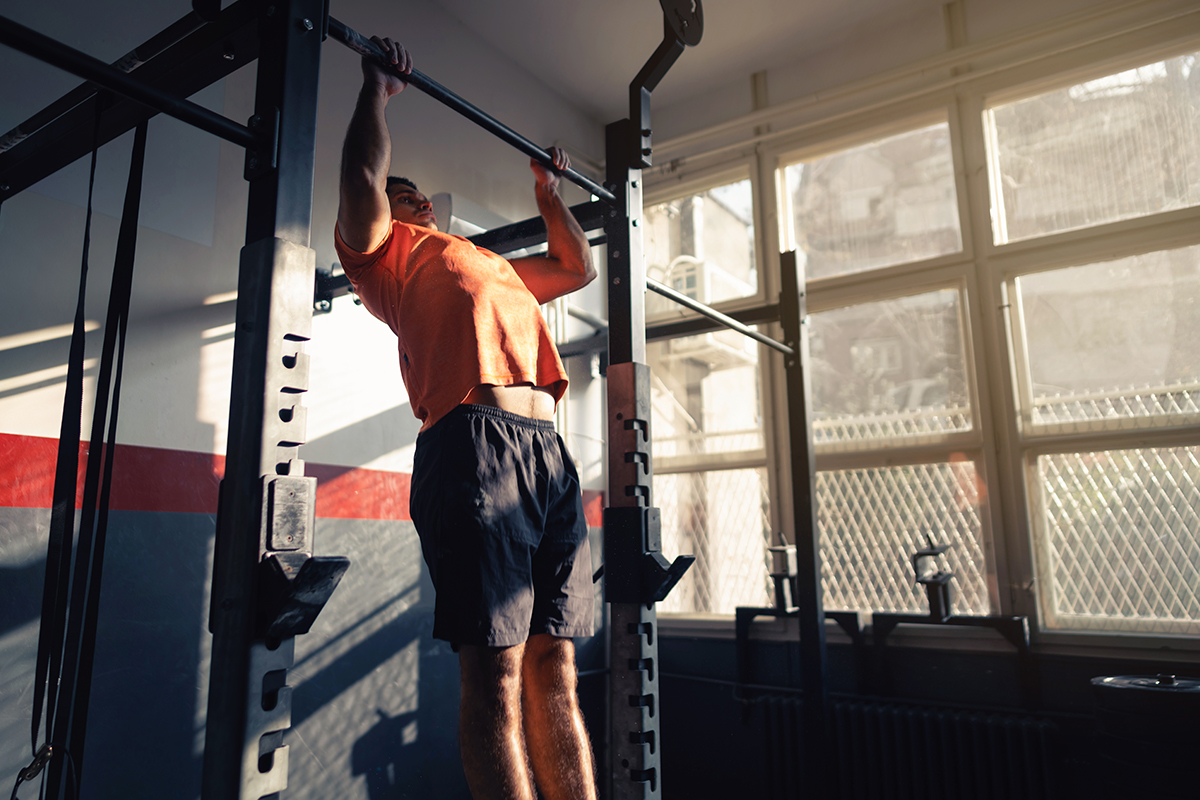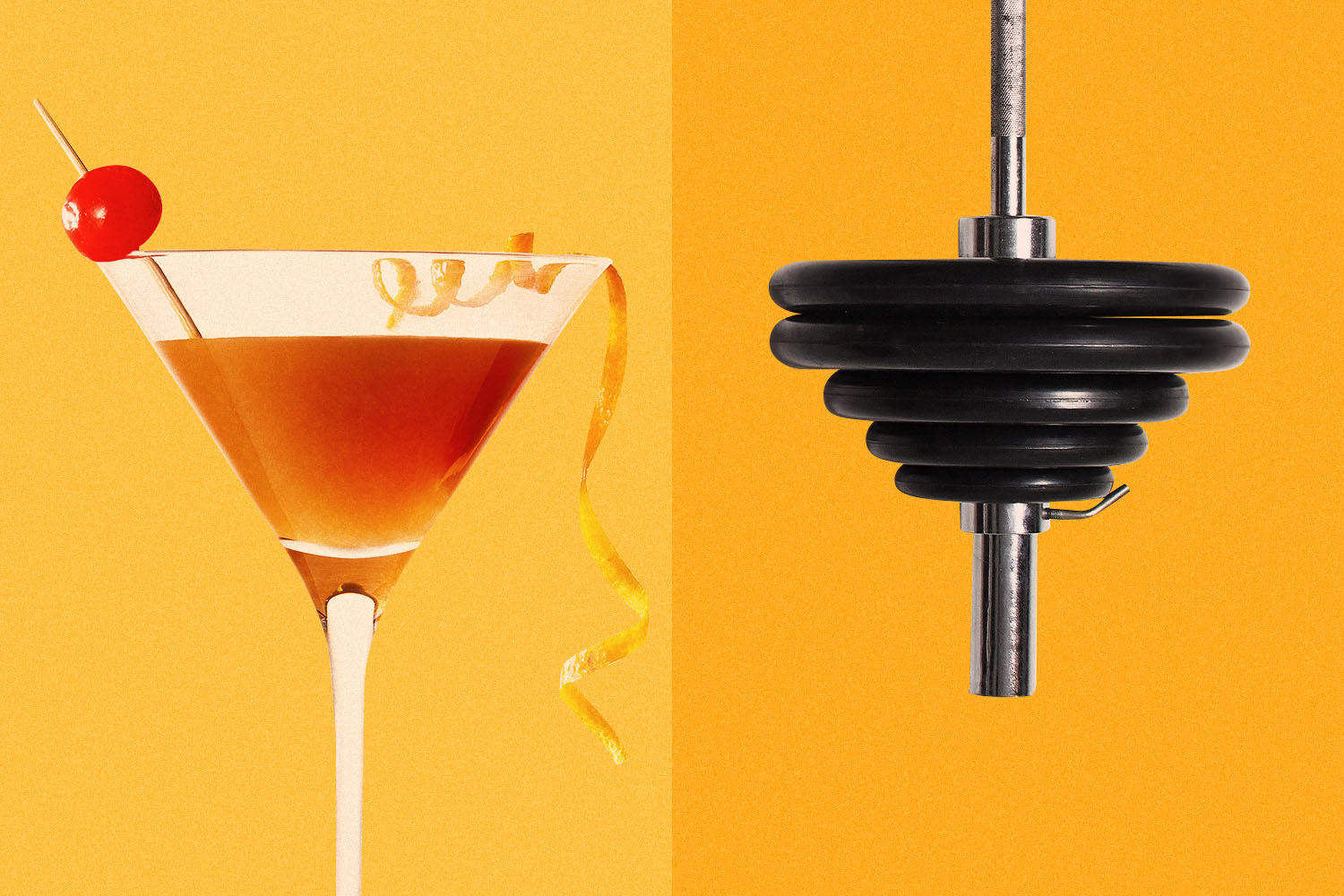At some point this year — probably June or July, according to most state legislators — coronavirus restrictions will ease and we will all re-emerge, like bears from their slumber, into polite society. To help you readjust, we’ll be sharing some advice on grooming, fitness, getting dressed in something besides sweatpants (but also sweatpants), how to manage your stress and mental health, dating, concert and bar etiquette, and more.
Let’s be clear: there are a ton of ways to “get in shape for summer,” whatever the hell that even means. Runners are in shape. Cyclists are in shape. Surfers, climbers and people who go on long, brisk walks each day are in shape. It boils down to consistency, commitment and confidence. And, quite frankly, what you’re putting on your plate each day.
But beach shape — for men, at least — always seems to be preoccupied with size. You know, the so-called show muscles: pecs, abs, biceps, quads, calves. We can thank decades of strongman competitions and magazine covers for that. You’ll find a lot more men on this planet lifting to look good at a poolside DJ set than lifting to improve their long-term bone health.
Of course, it’s been a while since many of us have attended a poolside DJ set — or whatever the equivalent is for you. And as I outlined in an essay last week, it’s perfectly understandable, this year of all years, if you want to make a splash as you rejoin society this summer. That could very well lead you to strength training. It’s just so wildly important that you go about it the right way.
Too many men head to the gym (or these days, their garage), and trot out the same moves they learned sophomore summer of high school. That outdated, predictable fare isn’t doing you any favors, and could very well sabotage any sort “get huge for summer” fitness goal — which, to be honest, is already a bit out of reach.
The key? Breathe a bit of fresh air into the body’s most famous muscles, with moves that are both fun and alternative. Shocking the body is essential to muscle gain; once the body gets used to a sort of exercise, it doesn’t want to work as hard, and resistance training is all about finding ways to work really hard for short bursts of time. It helps, also, to do things the right way (poor form could get you injured, which takes that poolside rave out of the equation completely), and keep your expectations low. Don’t beat yourself up if you’re not as big as somebody on the drinks line. Mental health is far more important for feeling well this summer than the size of your calves.
Nonetheless, below, we’ve put together practical guide to demystifying the show muscles. Find commentary on each, from tips to must-avoid mistakes, plus two exercises to get you started: one for the gym, one for the home. The preference is full-body where possible — holistic wellness is the key here. We want to create healthy, progressive habits you’ll still be hooked on by next summer.
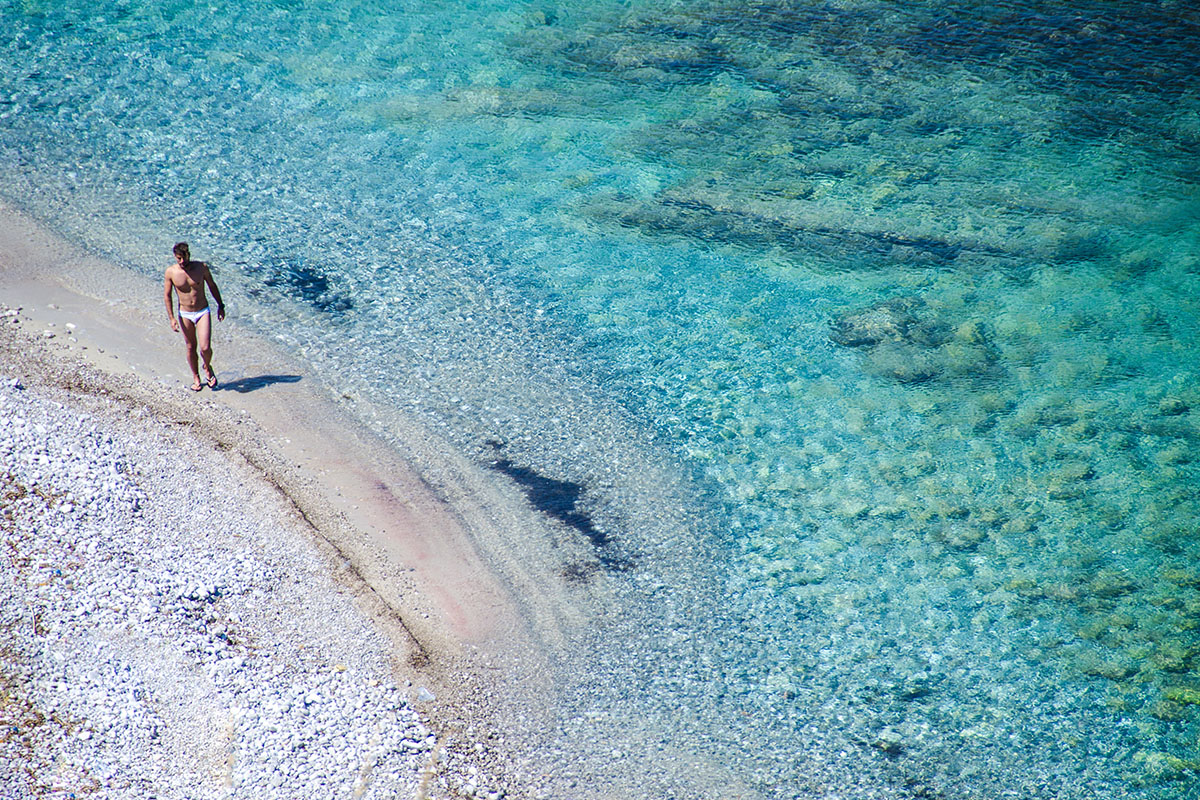
Pecs
To be clear, a dedicated bench press routine will give you larger pecs. There’s no doubt about that. Especially if you approach the regimen with an eye on best practices like progressive overload and time under tension. (That’s to say, steadily increase your reps and/or weight as the weeks stretch on, and in the moment of lifting, take each rep slow.) But there are so many other ways to build your chest up, which will be mutually beneficial for nearby muscles like the triceps, shoulders and posterior lats. A devotion to bench press, meanwhile, is just going to make you really good at … bench press. Start doing parallel dips, “fancy” push-ups like wide grips and declines, and working dumbbells into the rotation, for moves like one-armed presses, flyes and pullovers.
In the gym: Dumbbell flyes. They’re spiritually similar to the bench press, but necessitate more stabilization than a barbell. This is a nice compromise — it’s still a pretty specific move, as far as the chest is concerned, but at the same time it’s a nice gateway exercise to full-body fitness.
On your own: Dips. If you don’t have bars handy (try the local jungle gym) for parallel dips, line up in front of a chair or bench. At that point it also becomes a clutch primary exercise for the triceps, too.
Abs
Similar to the pecs, ab training has an unquestioned, over-the-top relationship with one exercise: crunches. There are versions of crunches that will actually jumpstart your dream six pack, but traditional crunches and sit-ups need to go the way of the dinosaur. There are just too many effective (and fun) moves to try on for size; don’t obsess over “flexion” (the core contracting as it pulls the body in or up), and instead prioritize stability. Too often, flexion exercises disregard the obliques, rely on the hip flexors to get through the move, and end up straining the back. In order to trim down the midsection, it’s important to monitor calorie intake and observe a consistent cardio routine. And in order to tone it up, you’ll want to give some other exercises a chance, like planks, bicycle maneuvers or Russian rows. Also: while the mat works wonders, adding some weight to your abs routine could help you make that extra leap.
In the gym: Landmine anti-rotations. Here’s a good place to start on the weighted front. You know that thing lodged into the corner of the gym, where only one side of the bar is weighted? It’s called a landmine, and you can get a hell of a core workout from it. You twist it from side to side, quickly, while keeping your abs tight and facing forward.
On your own: Reverse crunches. Exactly what they sound like. Instead of throwing your chest towards your knees over and over again (old-school crunches), you’re putting your hands under your tucked-in hips and raising them back over your head.
Biceps
At this point, bicep training is essentially an IRL meme at the gym. It’s the muscle most associated with goal-oriented fitness, as men like to get a “quick pump in” before summer days at the beach or bar. That said, while the results of popular bicep training moves vary (based on genetics, some lifters have shorter biceps brachii insertions and are more likely to achieve bicep “peaks”), they’re good at what they do. The key, if you’re doing one of those barbell bicep curls, is to take the load off your forearms, keep your scapulas locked in — i.e., your elbows should be closer in to your chest than your wrists — and resist the urge to bring the bar all the way up. Stopping in space is going to pit your biceps against gravity; that’s where the greatest resistance comes in. For a move that engages more than the two-headed muscle, it is really in your best interest to become a chin-ups connoisseur. They’re lethal. And keep in mind, 70% of the arm is triceps! Try not to get too hung up on the biceps.
In the gym: EZ-bar preacher curl. This move’s got the goods. It’s a quintessential, bicep-targeting exercise performed atop the preacher bench. Make sure your glutes are engaged, your shoulders and back are set, and you pause the bar in space before it gets too close to your chest.
On your own: Chin-ups. They work the biceps, of course, but they also work the lats, lower traps and triceps. This is the single best bodyweight exercise you can do for your biceps — it’s worth finding (or installing a bar). Try to do four sets of max effort for these. Honorable mention? Close-stance pushups.
Quads
The internet is really thirsting over thighs this year, ushering in a “short shorts” craze. Bigger thighs begins with the quads, which means regularly hitting the squat rack. It can be an intimidating proposition for those who haven’t taken the plunge in the past, but the key is to perfect your form before worrying about crafting a pair of thunder thighs ahead of Memorial Day Weekend. Squats can mess with the back when done incorrectly; to generate safe, reliable power, remember to stand shoulder-width stance with your feet turned slightly outward, starting light, and not being afraid to load up with weight down the line. Other important moves to know? These will engage more muscles in your lower half: leg press, box jumps, bodyweight squats, walking lunges and Bulgarian split squats.
In the gym: Dumbbell stepping lunges. This is an excellent move for introducing yourself to the concept of leg day. It’s essentially a bodyweight exercise with a bit of oomph. Master it and you can start getting into big-time squats and more advanced lunges. Grab a pair of dumbbells and practice stepping out with one leg, then exploding back up.
On your own: Sprints. This can be kept incredibly simple. Head to a track or short park loop and run all out on the straights eight times. Walk or jog (very lightly, just so it’s doesn’t veer into aerobic territory) the curves.
Calves
Calf implants have been on the rise for years. Every summer, a bunch of men wear shorts or bathing suits for the first time in months and remember how “skinny” their legs are, resulting in serious insecurities. What’s going on here? Well, genetics play a huge role (as does older age), endurance pursuits like running or cycling can have catabolic effects on muscle, and most guys just don’t know how to work out their calves, or how to switch up training once they do — which is crucial. Calves need variance if they’re going to grow. But while calves seem like a muscle (similar to the biceps) that need a lot of isolated treatment, and that can be true — think seated raises, standing presses, single-leg lunges — they’ll also benefit from all sorts of exercises that target the entire body. Go for jumping jacks, box jumps, seal jumps, agility ladders, jump roping and stair or hill workouts, and make an effort to engage your calves and stay up on your toes during each.
In the gym: Farmer’s tiptoe walks. This is a mix of the traditional farmer’s carry (pick up heavy dumbbells/kettlebells in each hand and walk in a straight line), with “toe walking,” which is an underrated method for building calf strength, adding flexibility to toe extensors, and improving posture. The weighted element will toast your calves.
On your own: Jumping calf raises. Find a stretch of track, turf or reasonably smooth pavement and leap into the air repeatedly, trying to land lightly on your feet each time. Go for height, and try to perform them for a full minute.
The Charge will help you move better, think clearer and stay in the game longer. Subscribe to our wellness newsletter today.
